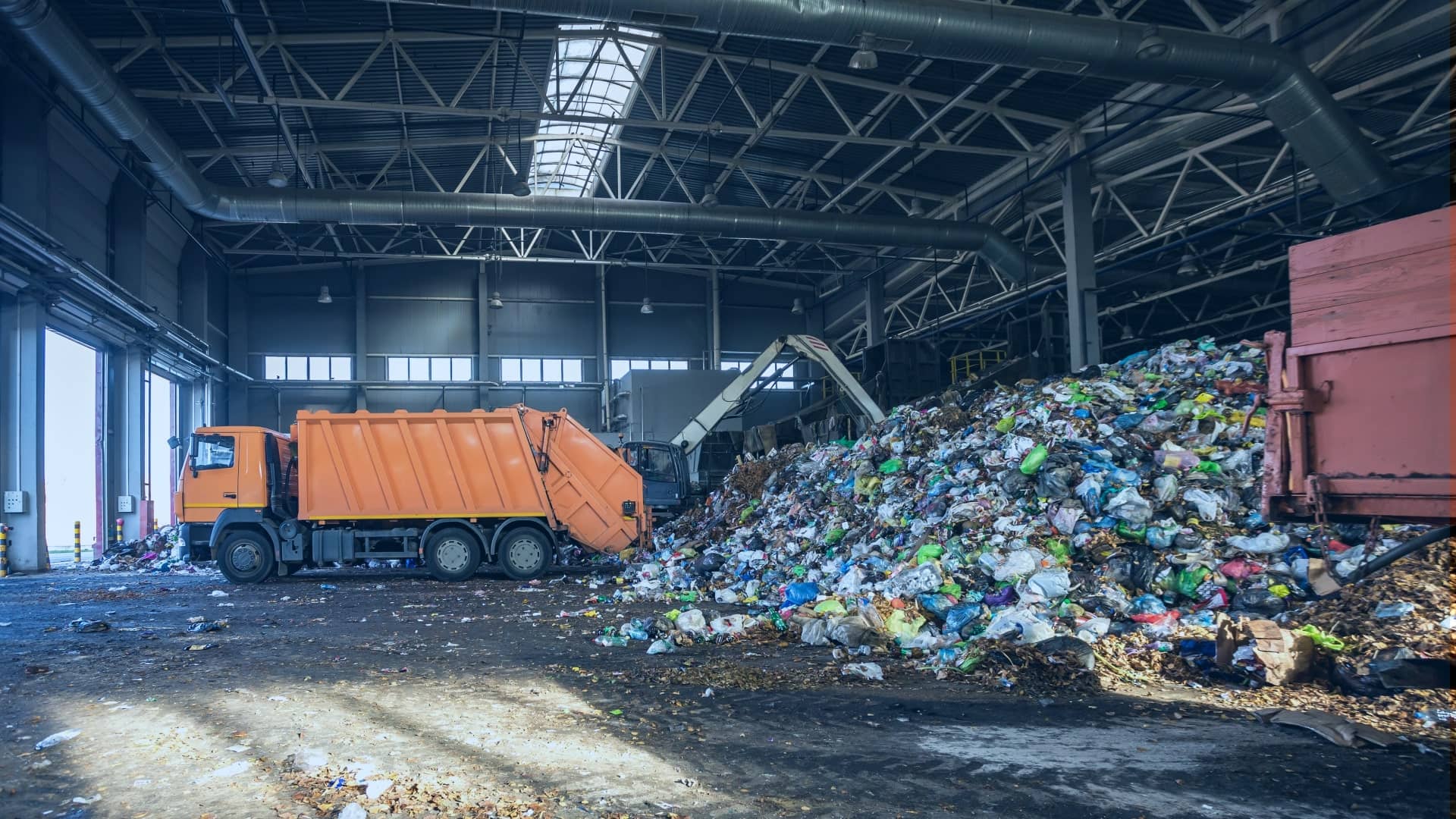What Does Reclaim Waste Do?
What Does Reclaim Waste Do?
Blog Article
The Only Guide for Reclaim Waste
Table of ContentsReclaim Waste - An OverviewThe Ultimate Guide To Reclaim Waste8 Simple Techniques For Reclaim WasteReclaim Waste Fundamentals ExplainedThe Single Strategy To Use For Reclaim Waste
Discover the types, occurrences, and kinds of fluid waste. Domestic sewer waste refers to the waste and products from a residential septic tank. This kind of waste is produced by humans in houses, schools, and various other structures. This only includes sewage-disposal tanks that have a drainpipe field. The correct administration and disposal of residential sewage waste call for liquid waste to be transferred to a sewer treatment plant where the correct techniques and equipment are related to detoxify and throw away waste.
Commercial waste commonly includes prospective threats, such as flammable materials or a combination of liquid and solid waste items, and calls for a much more innovative and in-depth disposal procedure. The disposal of commercial waste typically involves the filtering of waste before transport to guarantee risk-free and appropriate disposal. Hazardous waste is developed from results and overflow of industrial processes and production.
This kind of waste can not utilize the very same sewer management transport or processes as septic or commercial fluids. The industrial waste administration procedure requires the evaluation and testing of fluid waste prior to it undergoes the disposal procedure (liquid waste disposal). Overflow waste is the liquid waste that comes from runoff and excess stormwater in very booming areas or cities
Drainage waste can cause contamination and flooding if not managed correctly. Learn more about sewer cleaning and waste management. Making sure correct waste administration can prevent calamities and reduce ecological injury. Both individuals in domestic setups and professionals in industrial or manufacturing sectors can take advantage of recognizing the procedures and laws of liquid waste monitoring.
Reclaim Waste Things To Know Before You Get This
Contact PROS Services today to discover our waste monitoring and disposal solutions and the appropriate ways to care for the liquid waste you produce.
(https://ameblo.jp/reclaimwaste1/entry-12874802223.html)Do you understand what takes place to your water when you draw the plug, purge the bathroom or drain the cleaning maker? No? Well, it's worth understanding. This supposed 'wastewater' is not just a vital source but, after treatment, will be launched to our land, rivers or the sea. Made use of water from toilets, showers, baths, cooking area sinks, washings and industrial processes is called wastewater.

water used to you could try here cool equipment or clean plant and devices). Stormwater, a type of wastewater, is drainage that moves from farming and city locations such as roof coverings, parks, gardens, roads, paths and seamless gutters into stormwater drains, after rainfall. Stormwater streams neglected directly to regional creeks or rivers, ultimately reaching the ocean.
The Facts About Reclaim Waste Revealed
In Queensland, a lot of wastewater is treated at sewage therapy plants. Wastewater is delivered from residential or industrial websites via a system of sewers and pump terminals, known as sewage reticulation, to a sewage treatment plant.
The Department of Natural Resources suggests city governments concerning handling, operating and preserving sewerage systems and therapy plants. In unsewered locations, city governments may require householders to set up individual or home sewage treatment systems to deal with residential wastewater from bathrooms, kitchens, bathrooms and laundries. The Department of Natural Resources authorizes making use of household systems when they are confirmed to be effective.
Most stormwater obtains no treatment. In some brand-new communities, therapy of some stormwater to remove trash, sand and crushed rock has actually begun making use of gross toxin traps. Wastewater therapy happens in 4 stages: Gets rid of strong matter. Bigger solids, such as plastics and other things incorrectly discharged to sewage systems, are gotten rid of when wastewater is gone through screens.
Wastewater then moves into large storage tanks where solids settle and are gotten rid of as sludge. Grease and residue are skimmed from the surface. Makes use of small living organisms understands as micro-organisms to break down and eliminate remaining liquified wastes and fine bits. Micro-organisms and wastes are incorporated in the sludge. Eliminates nitrogen and phosphorus nutrients that might trigger algal flowers in our waterways and endanger marine life.
Reclaim Waste Fundamentals Explained
Nutrient elimination is not offered at all sewage treatment plants due to the fact that it calls for costly specialist equipment. Clear fluid effluent generated after treatment may still contain disease-causing micro-organisms - liquid waste removal melbourne.

Most wastewater moves into the sewage system. Under the Act, regional governments carry out authorizations and permits for eco appropriate activities (Periods) including wastewater launches that might have a neighborhood impact.
5 Simple Techniques For Reclaim Waste
Otherwise, samples are taken for research laboratory evaluation. Typically several tests are needed to establish the levels of each of the different contaminants such as oils, hefty steels and chemicals in water. Monitoring offers accurate details concerning water quality and can confirm that licence conditions are being met. The information obtained through tracking supplies the basis for making water high quality choices.
Report this page